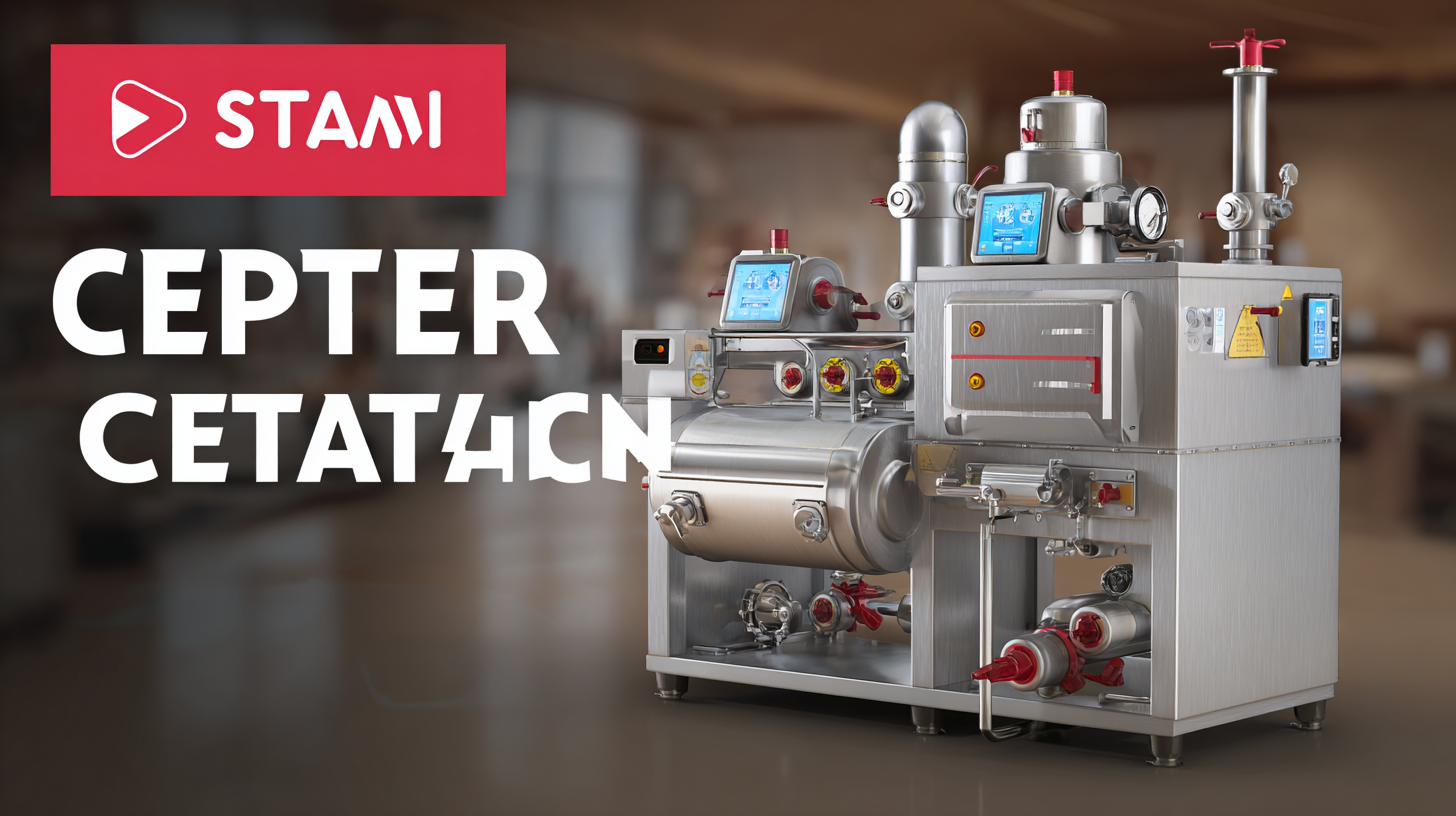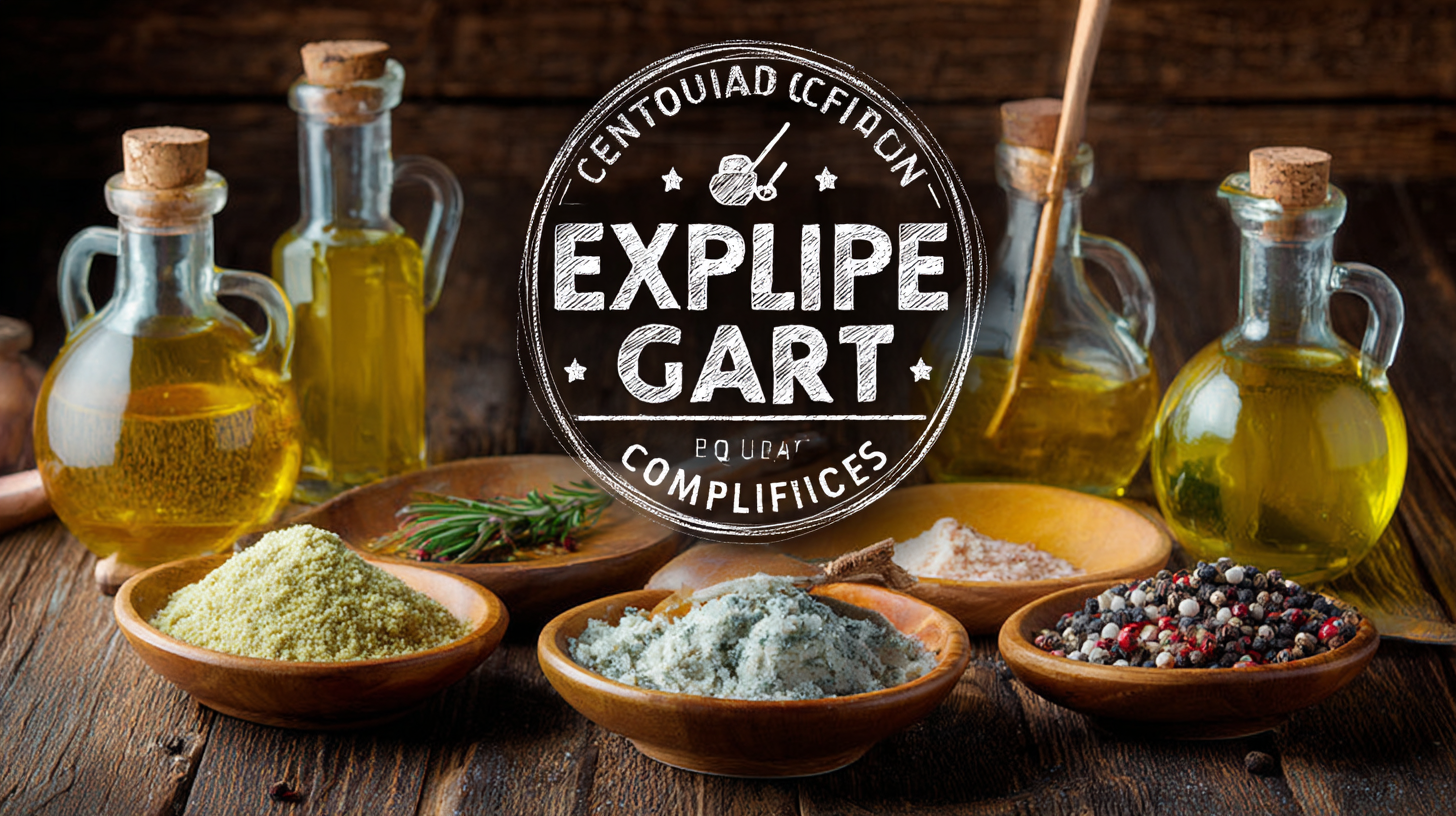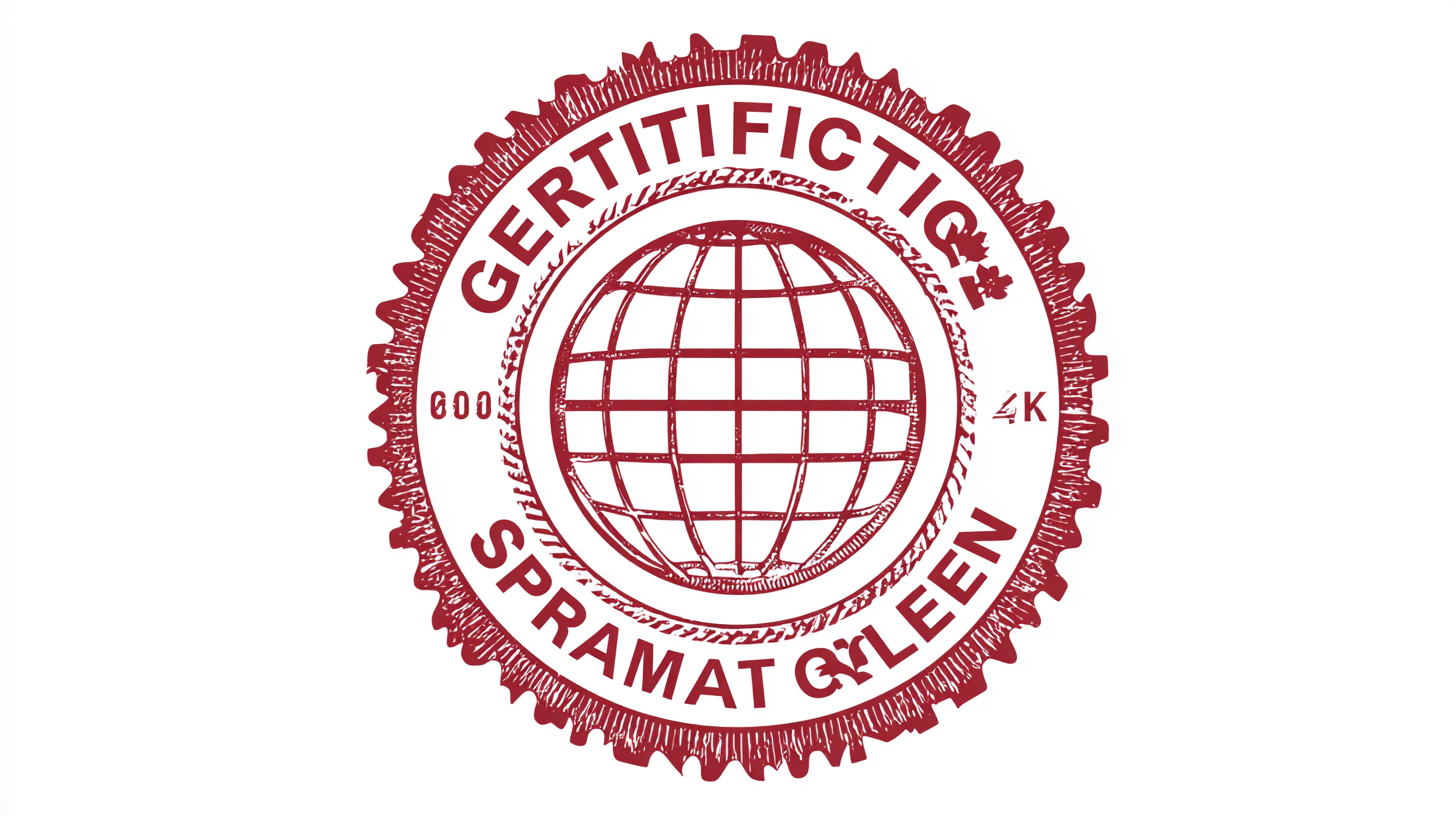
In today's global marketplace, the demand for high-quality food processing equipment, such as Automatic Steam Peelers, continues to rise. According to a report by Technavio, the global food processing equipment market is expected to grow by USD 9.39 billion from 2021 to 2025, driven by increasing automation and the need for efficient processing solutions. However, to tap into international markets, manufacturers must navigate the complexities of export certification, which ensures that products meet the standards of various countries. This involves understanding the compliance requirements that differ across regions and the importance of after-sales service and maintenance costs associated with Automatic Steam Peelers. A recent study from MarketsandMarkets highlights that effective after-sales support can reduce equipment downtime by up to 25%, thus, enhancing operational efficiency. This guide aims to demystify the process of export certification for Automatic Steam Peelers, emphasizing the significance of compliance and maintenance in achieving global success.

When it comes to exporting automatic steam peelers, compliance with international certification requirements is critical. Manufacturers must navigate a complex landscape of regulations that ensure their equipment meets safety, quality, and environmental standards. These certifications not only facilitate smoother entry into foreign markets but also instill confidence among international buyers regarding the reliability of the products. Key certifications often required include ISO standards, CE marking, and compliance with local regulatory bodies, which vary by region.
Recent advancements in the food processing industry illustrate the importance of these certifications. For instance, companies investing in innovative technologies to optimize production, such as advanced sorting and energy-efficient peeling systems, must ensure that their new equipment adheres to the stringent export certification requirements. These certifications validate the effectiveness of the machinery, ensuring they operate efficiently while meeting sustainable practices. This alignment of modern technology with global compliance will be essential for businesses aiming to enhance their competitiveness in a rapidly evolving marketplace.
| Certification Type | Description | Required Documents | Applicable Regions | Validity Period |
|---|---|---|---|---|
| CE Marking | Conformity to health, safety, and environmental protection standards. | Technical file, declaration of conformity. | European Economic Area | Indefinite, subject to changes in regulations. |
| FDA Approval | Ensures food safety and effective sanitation standards. | Device listing, registration, and premarket notification. | United States | Varies based on approval type; generally 3-7 years. |
| ISO 9001 | International standard for quality management systems. | Quality manual, internal audit reports. | Global | 3 years, with annual surveillance audits. |
| SAA Certification | Compliance with Australian safety standards. | Test reports, compliance documentation. | Australia and New Zealand | Indefinite, but product testing is required. |
| GS Mark | Tested for safety according to German regulations. | Test reports, safety assessments. | Germany and EU | 3 years, renewable. |
In today’s global marketplace, understanding compliance standards for kitchen equipment, particularly
automatic steam peelers, is essential for manufacturers and exporters. The
International Organization for Standardization (ISO) has established guidelines that
ensure kitchen equipment meets safety, quality, and efficiency benchmarks. According to a 2022 report by
ResearchAndMarkets, the global food processing equipment market is expected to reach
$95 billion by 2027, highlighting the growing demand for compliant kitchen technologies within food safety regulations.
Countries have specific compliance requirements that manufacturers must adhere to. For instance, the
European Union’s CE marking certifies that products conform to safety standards, while in the
United States, NSF International sets
standards for food equipment safety. A 2021 survey from the
International Food Information Council found that 67% of consumers are
concerned about food safety, driving manufacturers to prioritize compliance to achieve market acceptance. By understanding and meeting
these global compliance standards, producers can not only enhance their marketability but also contribute to increased consumer
confidence in their products.
Navigating the certification process for automatic steam peelers is crucial for manufacturers aiming to expand their market reach globally. With the food processing equipment market projected to grow from USD 60 billion in 2021 to USD 98 billion by 2028, compliance with international standards becomes paramount. Countries like the United States and those in Europe have specific regulations, such as the Food Safety Modernization Act (FSMA) and the European Machinery Directive, which govern the safety and efficiency of such equipment. It is essential for manufacturers to conduct thorough testing and quality assurance to meet these certifications, as failure to comply can result in hefty fines and market entry barriers.
Understanding the various certification standards enhances competitiveness in a rapidly growing market. According to a recent report by the International Association of Food Industry Manufacturers, 75% of processors highlight compliance as a critical factor when selecting equipment suppliers. Additionally, obtaining certifications like ISO 22000 for food safety management can significantly enhance a manufacturer's credibility. As organizations increasingly prioritize quality and safety, having the right certifications not only ensures compliance but also positions manufacturers favorably in the eyes of potential clients worldwide.

When considering the global market for
automatic steam peelers, it's essential to understand the
top regions where these innovative machines are in demand.
North America and
Europe lead the way, primarily due to their
advanced agricultural sectors and a high demand for food processing efficiency. In these markets,
regulatory frameworks are stringent, ensuring that any equipment imported meets
safety, efficiency, and environmental standards.
Compliance with these regulations is critical not only for market entry but also for maintaining
consumer trust.

Obtaining export certifications for automatic steam peelers presents several common challenges that manufacturers must navigate to ensure global compliance. One major hurdle is the varying regulatory standards across different countries. According to a recent report by the Global Trade Association, approximately 70% of exporters encounter difficulties understanding the specific requirements needed for certification in different regions. This lack of clarity can lead to significant delays in the export process and, ultimately, financial losses.
Another challenge lies in the technical documentation required for certification. Many manufacturers struggle to compile the necessary data, such as safety testing results and compliance with industry standards. The International Organization for Standardization (ISO) has indicated that 40% of exporters find it challenging to meet documentation requirements, which can further complicate the certification process. To address these issues, companies can leverage the expertise of third-party consultants who specialize in export compliance, ensuring that all necessary documentation is accurately prepared and submitted in a timely manner.
Finally, ongoing changes in trade agreements and regulations can create uncertainty and necessitate frequent updates to compliance strategies. Industry experts recommend that manufacturers stay informed about regulatory changes through continuous training and by subscribing to relevant industry newsletters. By proactively addressing these challenges, companies can streamline their export certification processes, paving the way for successful international business operations.